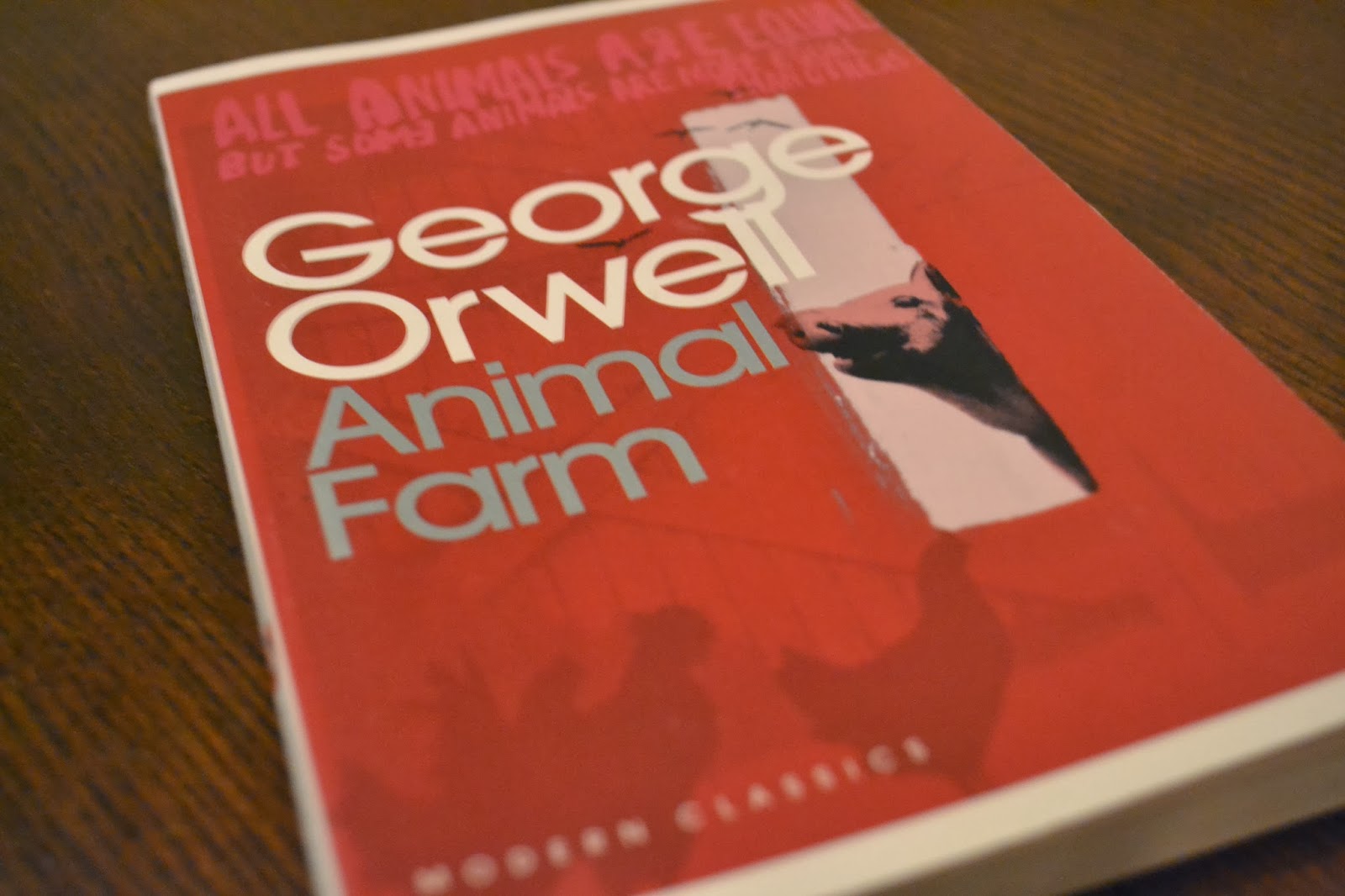It's Tokyo, the mid-Nineties and you fancy punching the shit out of
someone. That's how total cult directors Tsukamoto Shinya and Kitano Takeshi
felt, at least. Coming a year apart - much like your mother's sex life - both
made Tokyo-based films centred around boxing: 'Tokyo Fist' (1995) and 'Kids
Return' (1996), both bringing their own unique flair to the art form.
To start, the films are very similar: 'Tokyo Fist' starts with
salaryman Tsuda bumping into an old school friend, Kojima, a part-time boxer.
Likewise, 'Kids Return' begins with former best friends from school, Masaru and
Shinji, happily bumping into each other on a Tokyo street, both recognising
that their lives have taken a downward spiral since they last saw each other.
However, due to the nature of both directors, the similarity largely ends
there.
'Tokyo Fist' is very much along the lines of Tsukamoto's most famous
work: 'Tetsuo: Ironman'. Focusing on ideas of revenge and aggression, Tsuda
soon becomes paranoid that his old classmate might be knocking up his missus,
Hizuru. His paranoia gradually drives Hizuru away, as their quiet life becomes
loud, aggressive and full of blood-splattering scenes, with her ending up in
the arms, and bed, of Kojima, played by Tsukamoto's brother, Koji. The anger
and rage building inside him, exemplified by the ever-present loud music, Tsuda
joins Koji's boxing gym, determined to beat him in the ring, much like Koji is
doing to Hizuru.
The film then becomes a loud, brash experience, with fast camera
movements, editing and thrashing music, leaving the viewer out of breath just
watching it. And, as ever, a confusion is created as to what exactly is going
on, throwing in extreme moments to push things just that little further.
Rage, obsession, and fetish are themes running throughout Tsukamoto's
works, and 'Tokyo Fist' is no exception, working as a more polished version of
'Tetsuo: Ironman'. The special effects are still a little budget, but creative
in the excessive blood pouring and Hizuru's new fetish for piercing any part of
her body possible. Punch, punch, punch is the style for the boxing scenes, with
Tsukamoto creating a work to seep into your mind and punch your brain into
dazed confusion.
But where Tsukamoto chooses to show graphic violence and gore, this is
the very thing that Kitano often avoids. Since starting with 'Violent Cop', the
violence is Kitano's films is more in the mind than on screen. The use of still
cameras and editing means that actual acts of violence fall out of shot or are
skipped for comic timing. The majority of punches thrown in 'Kids Return' are
at punching bags or in sparring practise.
'Kids Return' is seen as Kitano's most autobiographical work, set in
the part of Tokyo where he grew up and featuring events and job roles that he
himself experienced while growing up. The two friends, Masaru and Shinji drift
through school, seen as the ultimate prodigal sons by their teachers. Neither
has much direction; simply wreaking havoc on the lives of their classmates.
Meeting his match, Masaru decides to take up boxing, but soon realises he
hasn't the discipline for the sport. His perennial sidekick, Shinji, however,
does, and his talent is quickly spotted by the gym's coaches. Masaru then
drifts away, becoming a low level yakuza.
For Shinji, boxing is a sense of direction after days drifting, rather
than an act of aggression. 'Kids Return' is all about direction when entering
adulthood, mirroring roles taken by Kitano himself. Meek Hiroshi tries his hand
at selling scales and driving a taxi on finishing school - two jobs Kitano had
- but soon finds that neither provide him with what he wants out of life. Two
students forming a school double act perform stand-up comedy to their
classmates with a manzai act similar to that brought Kitano his initial fame.
If anything, 'Kids Return' is quite a depressing film. On leaving
school, hopes and ambitions are quickly lost for all characters, with all left
feeling lost and abandoned by their seniors. Hiroshi is repeatedly criticised
by the bosses of his various jobs; Masaru is expelled from his yakuza family
for speaking out of turn; and Shinji's coaches give up on him once he is led
astray by an older boxer who takes him drinking.
The boxing in 'Kids Return' is exactly that: there is more emphasis on
the sport, with more realistic bouts and styles. 'Tokyo Fist' goes down the
Stallone-form of boxing with non-stop punch fests that would lead to permanent
brain damage in seconds, but with blood spurting out of eye sockets, this is
the only way Tsukamoto of the Nineties would work.
Both made in the mid-Nineties, set in Tokyo and with boxing as a key
element, the films are very different. Tsukamoto favours high-octane fight
scenes and special effects to create a visually spectacular gore fest, while Kitano
chooses a more mellow-paced drama. At a time when two former boxing film
legends return for the undoubtedly terrible 'Grudge Match', 'Tokyo Fist' and
'Kids Return' are both blasts from the past that fall under the same weight class,
but see a clash of styles.










